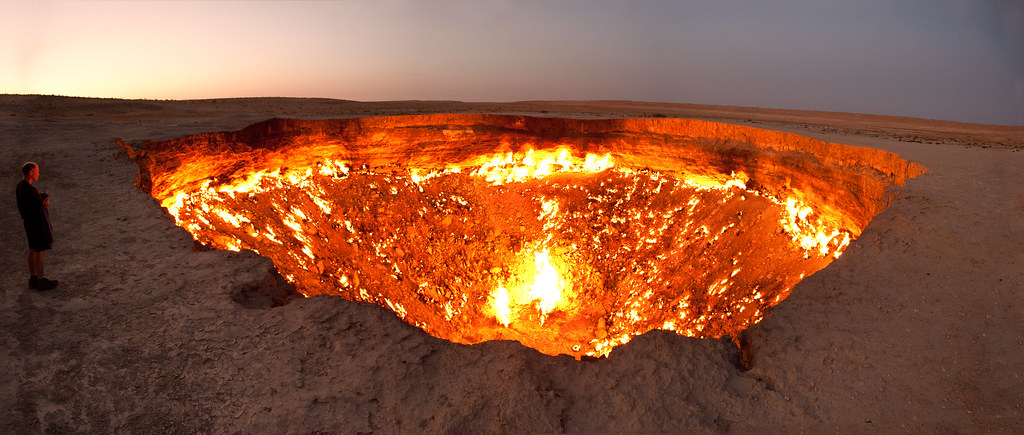Eight Scottish public servants who died in service recognised in the second ever Elizabeth Emblem List.
Eight Scottish public servants who died in the line of duty have been recognised with the Elizabeth Emblem.
The Elizabeth Emblem is a mark of recognition to the next of kin of public servants who have lost their lives as a result of their duty. It is the civilian equivalent of the Elizabeth Cross, which recognises members of the UK Armed Forces who died in action or as a result of a terrorist attack.
106 public servants who died in service from across the United Kingdom are being recognised in this second published List.
Those recognised from Scotland include Gwen Mayor, a teacher who was killed by a gunman at Dunblane Primary School in March 1996, and Rodney Moore, a retired paramedic who rejoined the Scottish Ambulance Service to support its Covid-19 response and later died of the illness.
The Secretary of State for Scotland, Ian Murray said:
"I pay tribute to all of those Scots who have been recognised today. Every one of these brave public servants gave their life to protect others. They are people who stepped forward when most of us would step back, and they paid the ultimate price.
"I am particularly pleased that Dunblane teacher Gwen Mayor has been recognised. No-one will ever forget the horror of the shooting at Dunblane Primary School in 1996, when Mrs Mayor was killed trying to protect her pupils.
"I hope that the families of all those recognised will take some comfort in knowing that their loved ones, and their service, has not been forgotten."
The full list of Scottish public servants recognised are:
Gwen Mayor, a teacher at Dunblane Primary School. Mrs Mayor was killed alongside 16 of her pupils on 13 March 1996.
Roderick Nicolson, Tayside Fire and Rescue Service. Mr Nicolson, from Perth, died attempting to rescue two workmen from a silo of chemical dust at Perth Harbour. Whilst trying to free the workers Fireman Nicolson became trapped amid five tonnes of sodium carbonate ash. He died on 4 December 1995.
Ewan Williamson, Lothian and Borders Fire and Rescue Service. Firefighter Williamson was responding to a fire at the Balmoral Bar public house on Dalry Road in Edinburgh when he became trapped in the basement level with the fire. He was unable to escape and fellow firefighters were unable to locate him for a significant period of time. Firefighter Williamson died on 12 July 2009.
Richard Paul North, Tayside Police. Constable North was killed when on duty as a result of a collision with another vehicle, while driving near Perth in a marked police car. The other vehicle had crossed from the other carriageway into the oncoming traffic, and the driver was found to be under the influence of drink and drugs. PC North died on 17 March 1987.
William Oliver, of the Glasgow Salvage Corps. Mr Oliver died in the Cheapside Street Disaster, a fire in a whisky bond. The warehouse contained more than a million gallons of whisky and 30,000 gallons of rum. As the temperature of the fire increased, some of the casks ruptured, causing a huge boiling liquid vapour explosion. This instantly killed Mr Oliver and 18 others. Mr Oliver died on 28 March 1960.
Joseph Stewart Drake, Stirling and Clackmannan Constabulary. Constable Drake was killed when a stolen lorry being pursued by other officers intentionally struck his car as he tried to intercept it at Dennyloanhead near Falkirk. PC Drake died on 11 August 1967.
Rodney (Rod) Moore, of the Scottish Ambulance Service. A retired ambulance paramedic of 40 years' service, Mr Moore, from Falkirk, returned to work with the Scottish Ambulance Service to assist with the Covid-19 pandemic response. Mr Moore contracted Covid-19 in October 2020 and died on 21 November 2020.
Alistair Soutar, HM Customs & Excise. Mr Soutar was crushed between a HM Customs and Excise vessel 'The Sentinel' and a smugglers' vessel the 'Ocean Jubilee'. Mr Souter, from Dundee, was taking part in Operation Balvenie off the Caithness coast to apprehend drug smugglers. Mr Soutar was airlifted to Raigmore Hospital in Inverness but died of his injuries on 29 July 1996.
The Chancellor of the Duchy of Lancaster, Pat McFadden said:
"We owe an enduring debt to the public servants who give their lives to protect others.
"The Elizabeth Emblem is a reminder not just of the ultimate price their loved ones have paid in service of our communities, it is a lasting symbol of our national gratitude for their incredible sacrifice."
The Elizabeth Emblem was established last year as a national form of recognition.
The design of the Emblem incorporates a rosemary wreath, a traditional symbol of remembrance, which surrounds the Tudor Crown. It is inscribed with 'For A Life Given In Service', and will have the name of the person for whom it is in memoriam inscribed on the reverse of the Emblem. It will include a pin to allow the award to be worn on clothing by the next of kin of the deceased.
Families and next of kin of those who have died in public service are encouraged to apply for an Elizabeth Emblem via gov.uk .






